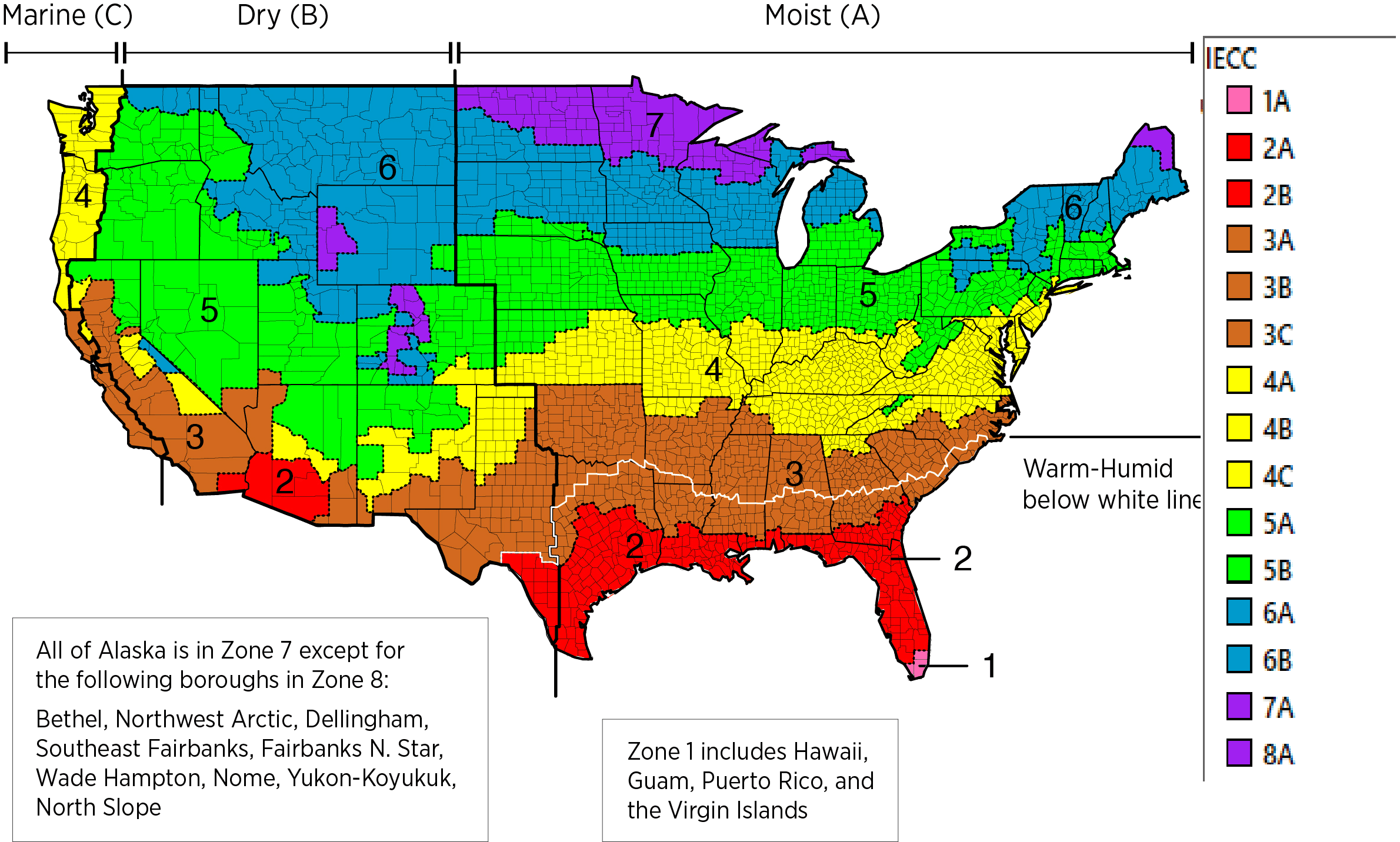Climate is the general pattern of weather across seasons and years including average temperature and precipitation. Weather includes the short-term atmospheric conditions that occur day to day, such as temperature, wind, rain, snow, sun and clouds.
What is happening to current weather and climate?
Warming temperatures, more frequent drought, intense precipitation, and increased pest populations may result in declining yields for major U.S. crops and decreased productivity of meat, milk, and eggs.
Anomalies in weather make accurate predictions of weather more difficult. As climate trends continue to change, farmers need to adapt quickly.

Resources on Nourish the Future
Less rainfall creates drought conditions. Seed producers are developing drought-tolerant varieties. What is the science behind this? (Selective breeding lesson)
Increasing rainfall can increase the chance nutrients might be washed away. Higher rainfall amounts may also delay planting and/or harvest times. (Growing America unit; H2Know unit at GrowNextGen)
Soil conditions may change dependent upon tillage. Tillage, a method of preparing soil for planting, can help reduce weeds and warm soil, but it may also cause nutrient loss and less water percolation. (Soil stability lesson)
Over 40% of farms around the world are using subsistence farming methods. These farmers deal with climate and weather issues that can have very devastating effects on their farms due to size—typically only one to two acres— and a lack of insurance, making everything they plant at risk. (Farming for the future lesson)